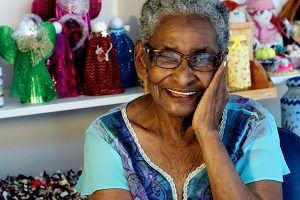Osteoporosis 101
 This “silent disease” causes bone tissue and mass to deteriorate over time. As the bones thin, lose density and become frailer, there is a higher risk for serious fractures. Because osteoporosis takes place gradually over years, people may not know that they have an issue until a sudden strain or fall causes a fracture. This is why screening is so critical.
This “silent disease” causes bone tissue and mass to deteriorate over time. As the bones thin, lose density and become frailer, there is a higher risk for serious fractures. Because osteoporosis takes place gradually over years, people may not know that they have an issue until a sudden strain or fall causes a fracture. This is why screening is so critical.
Older women are particularly susceptible to osteoporosis. Risk factors include:
- Being female
- Going through menopause
- Male or female – being slim and less than 130 pounds
- Smoking cigarettes
- Drinking excess alcohol (more than three glasses daily)
- Having a first-degree relative with osteoporosis
- Age—the older you are, the greater your risk
Screening for osteoporosis involves a bone density scan.
This quick, painless procedure uses an enhanced, low-radiation form of X-ray technology called DXA (pronounced “dexa”). Generally, a DXA screening for women over age 65 is highly recommended. Men over 70 should discuss screening with their primary care doctor. Of course, if you have risk factors, ask your doctor for guidance at any time.
So, what preventive steps can you take?
Two key steps are to get the daily recommended amounts of calcium and vitamin D, and to consistently engage in weight-bearing, impact-based activity. See our related articles on walking and good bone nutrition! Talk with your primary care doctor for guidance.
Find a primary care provider at PacMed! Already diagnosed with osteoporosis? Learn more about our Rheumatology team.


